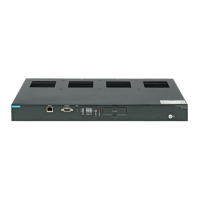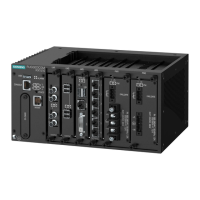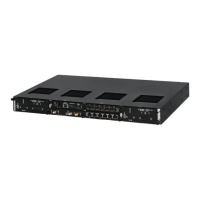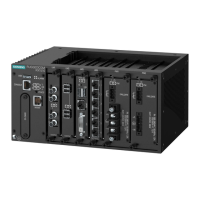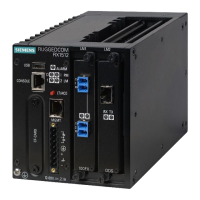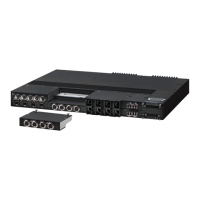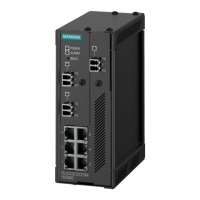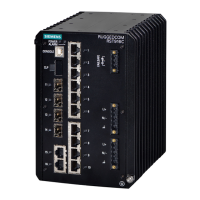Chapter 4
System Administration
RUGGEDCOM ROX II
User Guide
212 Managing RADIUS Authentication
Figure 225: Certificate Table
1. Add Button 2. Edit Button 3. Delete Button
3. Click Delete next to the chosen certificate.
4. Click Commit to save the changes or click Revert All to abort. A confirmation dialog box appears. Click OK
to proceed.
5. Click Exit Transaction or continue making changes.
Section 4.8
Managing RADIUS Authentication
RADIUS is a UDP-based protocol used for carrying authentication, authorization and configuration information
between a Network Access Server (NAS) that desires to authenticate its links and a shared authentication server.
It provides centralized authentication and authorization for network access.
RADIUS is also widely used in conjunction with the IEEE 802.1x standard for port security using the Extensible
Authentication Protocol (EAP).
NOTE
For more information about the RADIUS protocol, refer to RFC 2865 [http://tools.ietf.org/html/rfc2865].
For more information about the Extensible Authentication Protocol (EAP), refer to RFC 3748 [http://
tools.ietf.org/html/rfc3748].
IMPORTANT!
The user authentication mode must be set to radius_local for users to be authenticated against the
RADIUS server. For more information about setting the authentication mode, refer to Section 4.4,
“Setting the User Authentication Mode”.
IMPORTANT!
RADIUS messages are sent as UDP messages. The switch and the RADIUS server must use the
same authentication and encryption key.
In a RADIUS access request, the following attributes and values are typically sent by the RADIUS client to the
RADIUS server:
Attribute Value
User-Name { Guest, Operator, Admin }
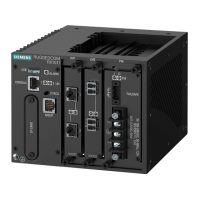
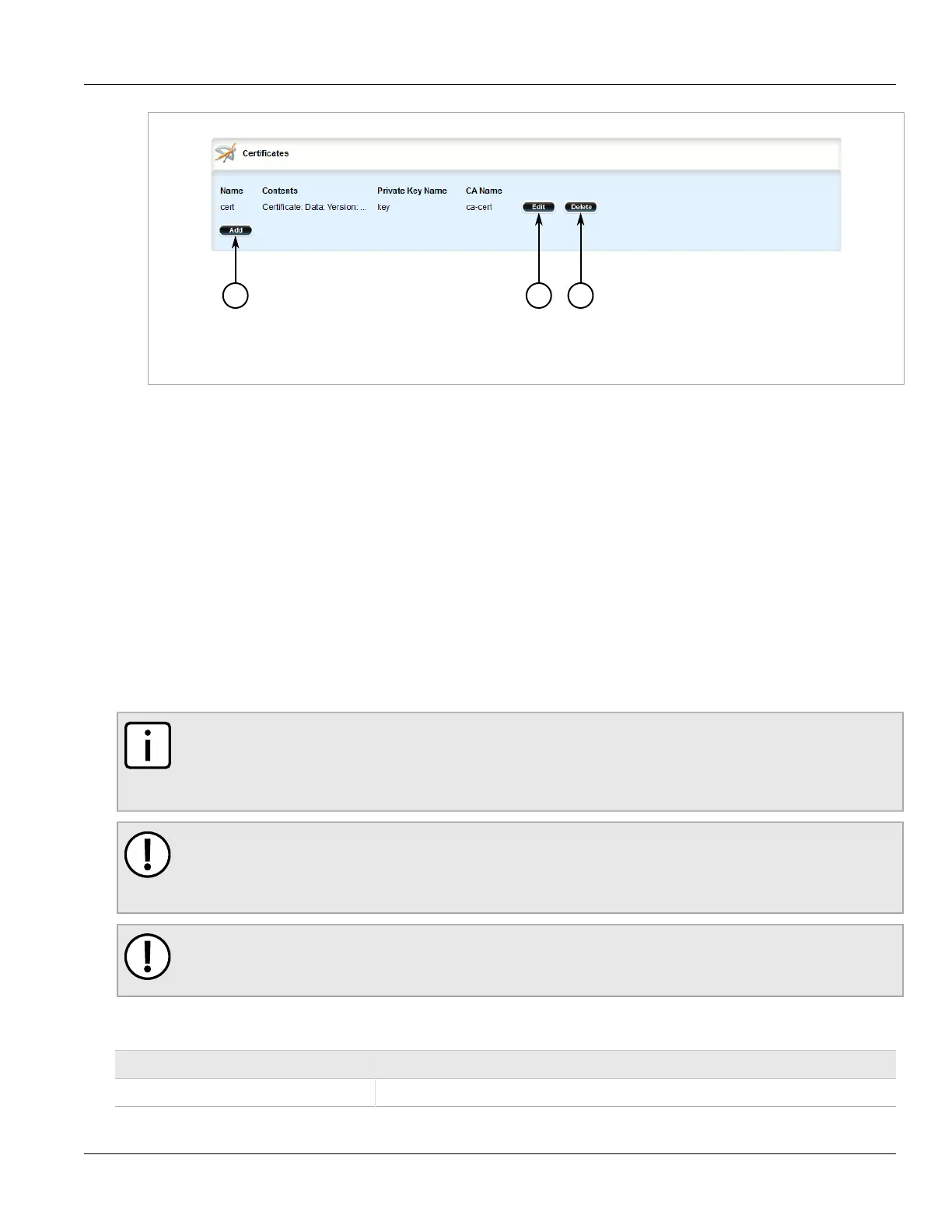